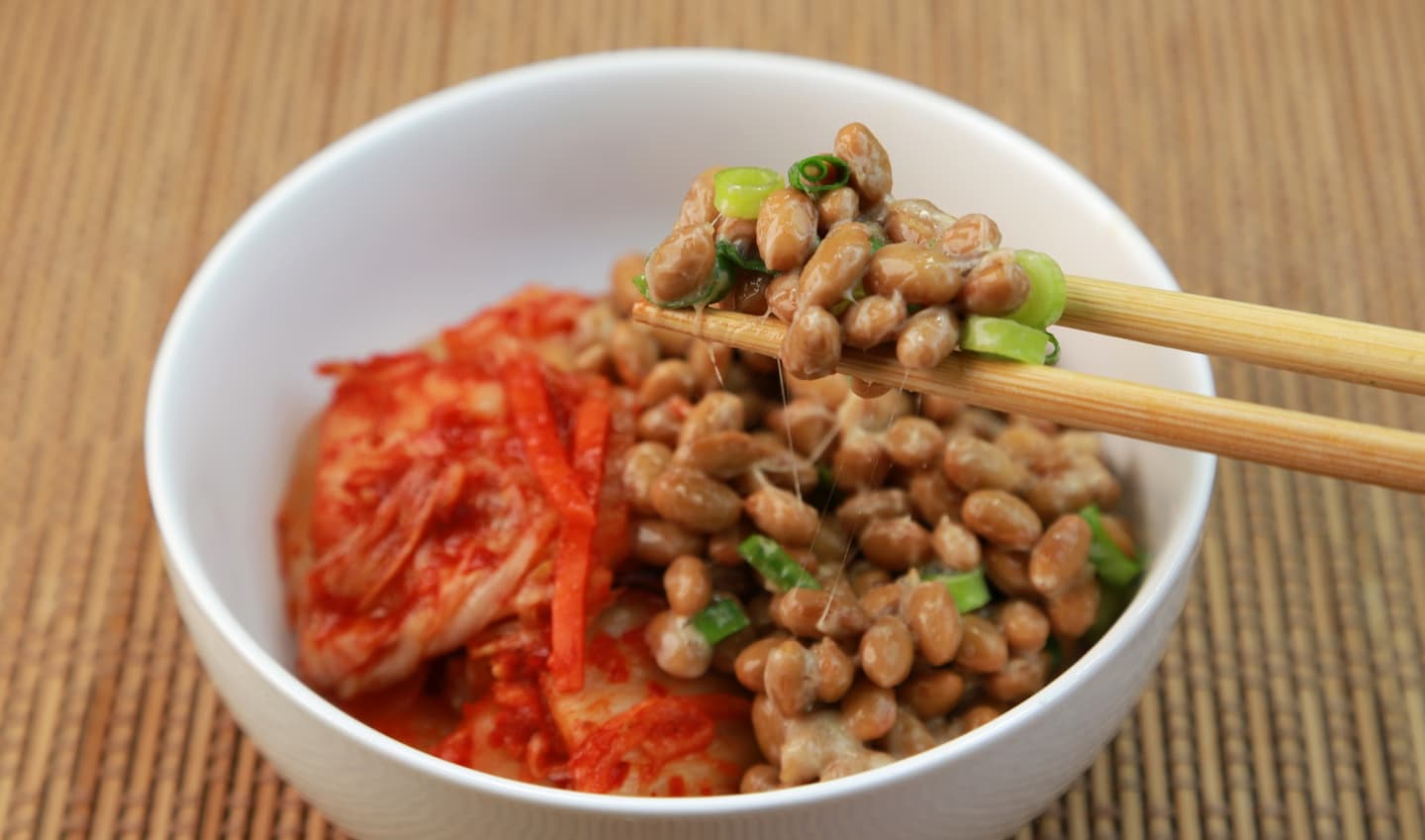Spice up Your Life with 5 Healthy Ingredients

It's no secret that Japanese people live long lives. Ask them why, and they will point you to natto and other fermented products made from a chemical reaction that results in enzymes that are healthy and promote proper digestion. The good news is, these products could easily be used in your normal dishes; we'll show you how with videos!
By Katrina Vinluan5. 'Natto': Eat It with Kimchi, Soup or Pasta
https://www.youtube.com/watch?v=c7QKvPwiyF4
Japanese people love natto as mush as people in Korea love kimchi. But these two, when combined, result in a super healthy dish. While we can easily get vitamin K, specifically K1 in leafy vegetables such as those in superfood kimchi, it's not easy to get vitamin K2, which is produced by certain types of bacteria. But natto has it. Due to its fermentation with Bacillus subtilis, it's rich in probiotics, which are good for the health of the skin, bones and heart. Because of this same fermentation process, it has a sticky consistency and a pungent smell, but its distinct taste—somehow akin to boiled tofu and brie cheese—makes it a good yin to the spicy kimchi's yang. This distinct flavor also gives an extra kick to soup and pasta, including one that resembles carbonara.
4. Japanese Sake: Use It for Meat or Fish Dishes
https://www.youtube.com/watch?v=KfAHo2EecWw
If you've stayed a while in Japan, you should be familiar with nomikai or drinking parties that are key to the social culture of Japan. Yet, you'd also be very familiar with the small waistline of many Japanese people, and the long lifespan of the Japanese. It may just be that sake is serving them well because it's scientifically proven to prevent weight gain, as it helps inhibit the absorption of starch.
Sake is also good for the skin: its ferulic acids prevent skin aging. For cooking, sake doubles up as an odor remover for meat and fish, on top of it being a flavor enhancer. It can even be used as a marinade or a tenderizer when boiling meat or fish. Sake is the secret of the unique tangy taste of teriyaki, thanks to its strong umami (savory) flavor.
3. Mirin: The Secret to Sweetening & Glazing
https://www.youtube.com/watch?v=2IypI4IUI4k
This healthy Japanese ingredient does wonders in cooking meat and fish dishes. It's almost like sake, with less alcohol content and a sweeter flavor, caused by the natural fermentation process and not by any addition of sugar or additives. Mirin comes from the combination of glutinous rice, rice koji, and shochu, a kind of distilled alcohol. It's a popular key ingredient for simmered dishes in Japan, and is usually added in water, together with shoyu (soy sauce). Adding mirin to any dish, whether a boiled dish or a fried dish, gives a hint of sweetness and a little luster to the meat and other ingredients in the dish.
2. Miso: For a Kick in Soups, Salads & Stir-Fries
https://www.youtube.com/watch?v=ux_t_Qj-RSc
Miso paste adds unique flavor to soups, salads and stir-fries, thanks to the magic that happens in the soybeans during fermentation. Miso, nowadays, comes in several varieties, so adding it to dishes can impart different flavors—from salty, sweet, fruity, to earthy. A simple bowl of miso contains linoleic acid, lecithin, vitamin B12, vitamin B2, vitamin E, vitamin K, tryptophan and choline. It's also rich in dietary fiber, and contains beneficial bacteria and enzymes that aid in digestion and the absorption of other nutrients from food. Japan's Nagano Prefecture, according to statistics, boasts the highest consumption of miso. The people of Nagano can celebrate having the longest life expectancy among all others in Japan. Maybe a bowl of miso a day actually keeps the doctor away!
1. Shio Koji: For Tasty & Tender Chicken
https://www.youtube.com/watch?v=quiFuZy302A
Shio koji or koji salt does magic in the kitchen. Not only does it add flavor, but it also tenderizes chicken, including the usually tough halal chicken. If you decide to try your hand in cooking with shio koji, or even making shio koji on your own, the Hakko Ambassador Course offered by Nagano's Fermentation Institute, will show you proof of how a chicken's cooking time is cut short, thanks to the help of koji salt. Shio koji can easily be made on your own, and you can even come up with other flavors to please your palate. Rosemary shio koji is especially good for a baked or fried chicken dish.


